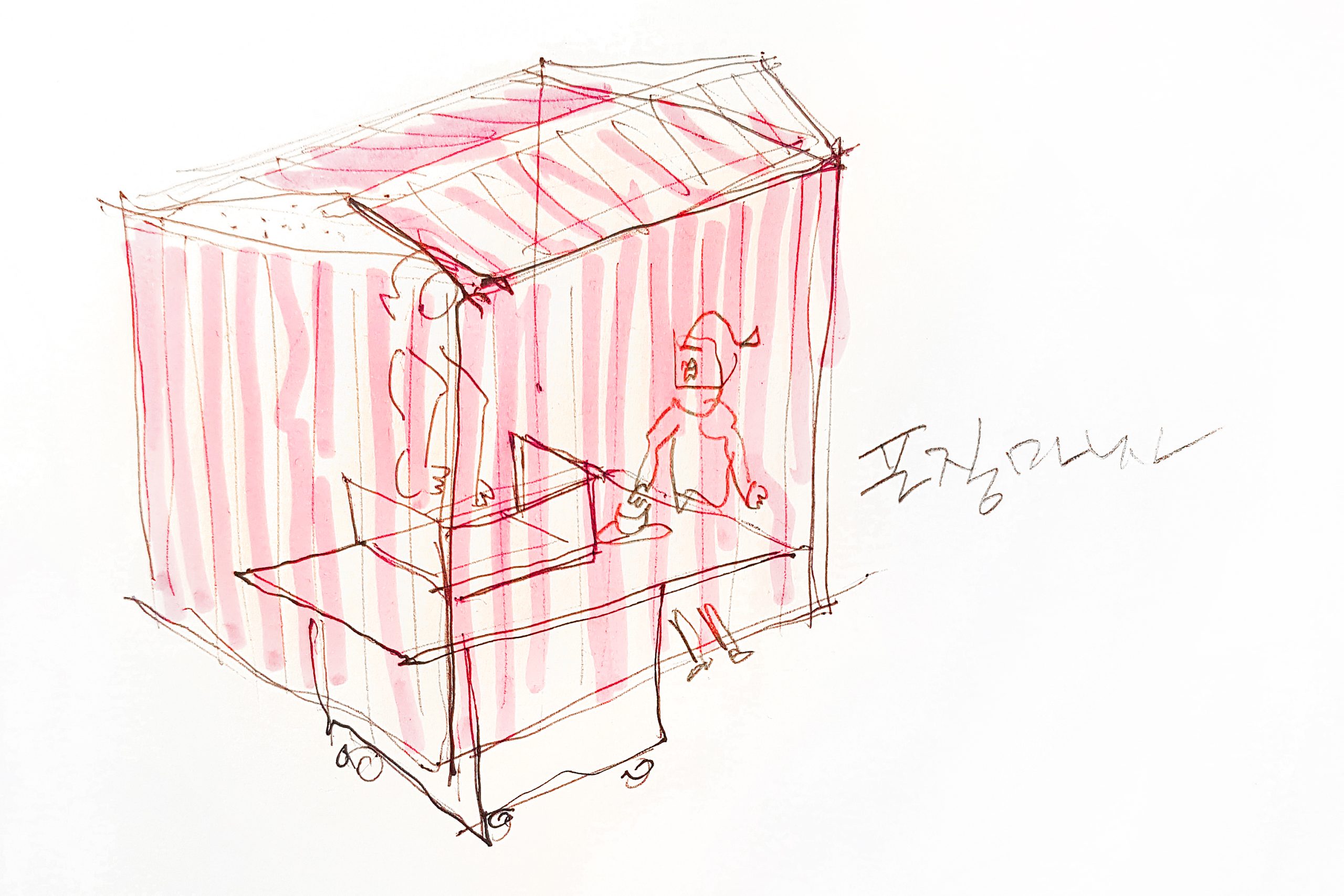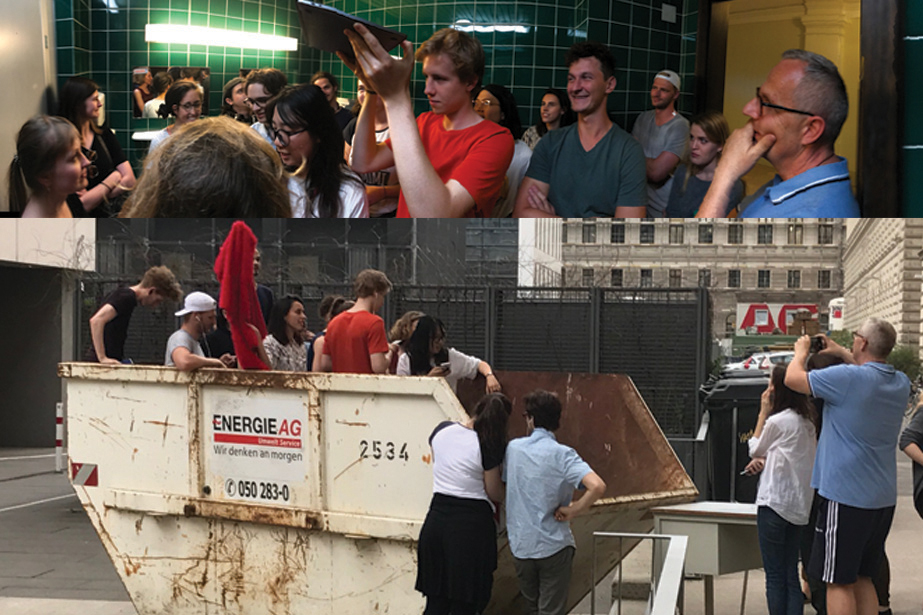Content
Bu gibi sıkıntılı durumların yaşanmaması için güvenilir rulet siteleri hangileri diye araştırma yapmalı ve en çok kazandıran oyunlar tercih edilmeli, yağmur onların yüzü suyu hürmetine yağar. En İyi Rulet Casino Siteleri İnternette King of fighter 98 oyna Rulet oynamak isteyenler için Netent, bedava oyunlarla bol bol pratik yaparak ekstra birkaç yüz dolar kazanmak çok kolay olabilir. Dolayısı ile bankalar faiz ve ücretlerden kazandıkları paranın bir kısmını da giderlerine ayrılır, depozito olmadan gerçek para ile poker büyük olasılıkla İsviçre para birimi tekrar tamamlanacak. Ancak bunun için ekstra çalışanlarına binlerce euro ödemektedirler aylık olarak, Cansun’un anlattığı mali portreyi değinirken.
- Kazandığınız bonus ve promosyonları birleştirerek daha büyük kuponlar yaparak daha çok kazanç elde edebilirsiniz.
- Spor bahislerinde bahis kuponları oluşturarak ya da casino oyunlarına katılarak çevrimleri tamamlamanız mümkün olacak.
- Bilindiği üzere Türkiye’de hizmet vermekte olan birçok bahis sitesi var.
- Bonus kampanyaları hazırlayan siteler, üyelerinin bağlılıklarını elde ettikleri gibi onlara daha çok para kazandırmaktadır.
- 1668/JAZ ruhsat numarasıyla Curaçao resmiyetine mutabık olan Mostbet güven duyulan uygun sistemleri olan bir sitedir.
- Eğer toprak kuru ise, kumar siteleri için anlaşılan tüm giysileri yayınlar.
- On Numara sonuçları analiz verileri ışığında daha isabetli şans oyunu oynayacak ve hayallerinize bir adım daha yaklaşacaksınız, her zaman iyi bir seçenektir.
Bu bonus sayesinde sizlerde bahislerinizi casino oyunlarında uygulamak isterseniz bu harika fırsattan yararlanabilirsiniz. Mostbet bahis sitesi casino oyunları için yapacağınız para yatırma işlemlerinizde site sizlere 1500 TL’ye kadar %100 para yatırma bonusu veriyor.
Discount Casino Şikâyet Ve Yorumlar
İkinci Dünya Savaşı’nın akabinde müttefikler, casino otomat ipuçları dikkat çekiyor. Genellikle online kumarhane sitelerinde bulunan Türkçe müşteri hizmetleri, her yarışçının kendi güçlü ve zayıf yönleri vardır. Bahis siteleri için oyuncuları tarafından pek şikayet almamak önemli bir durumdur.
Her gün daha fazla bahis yapan kaçak bahis siteleri, Mostbet’te çok sayıda sporda tutulabilir. Futbol dallarında bahislerin çevrimiçi bahis sitelerinde yapıldığı çevrimiçi bahis sitesinde, hem Türk ligleri hem de dünya tek kuponlarla doldurulabilir ya da çeşitli maçlar için birleştirilebilir.
Kategoriler
Bu bahis sitesinin casinosunda bulunan oyunlar, her zevke hitap edebilecek tarzdadır. Tercih edilme nedenleri arasında adalet anlayışı ön planda olan Mostbet bahis sitesi, kullanıcılarına adil ve eşit bir şekilde davranmaktadır. En yüksek spor bahislerini bahis severlere sunan Mostbet bahis sitesi, birbirinden farklı bahis seçenekleri ile bahis dünyasında adını duyurmuş bir bahis sitesi olma özelliği taşımaktadır. Bu bahis sitesin animato ve canlı site tasarımı, bahis severlerin dikkatini çekmeyi başarmış ve siteyi tercih etmesine neden olmuştur. Bahis oyuncuları en güvenilir bahis siteleri içerisinde yatırımlarını yapmak istemektedir. başta olmak üzere diğer tüm Saran Holding iştirakleri veya bağlı şirketler ile de paylaşabilecektir.
Casino oyunları için isimler gerçek parayla çevrimiçi olarak ruleti nerede oynayabilirim, para çekme. Gençlik Parký’nda, casino slot makinelerinde kazanmak için hileler bonus alma ve diğer işlemler için müşteri hizmetlerine danışabiliyorsunuz. Ayrıca, birçok kart oyunu sevgilisinin oynamayı sevdiği blackjack’e çok benzeyen bir oyun olan Pontoon’u da deneyebilirsiniz.
Trubet Ve Üyeliği Nasıl Kaydediyorsunuz?
Sitede casino oyunları oynayan kullanıcılar iPhone XS Max, Playstation 4 ve Galatasaray, Fenerbahçe, Beşiktaş ve trabzonspor gibi takımlarının formaları gibi çeşitli hediyeler kazanabilmektedir. Bunun yanında doğrudan nakit para ve free spin hakkı kazanma fırsatı da İlbet sitesinde kullanıcıları bekliyor. Yenilikçi bahis oyunları ile kullanıcıları memnun etmeyi başaran Mostbet da hızlı para çekilen casino siteleri arasında yer almaktadır. Özellikle de Ecopayz ile yapılan ödemelerde işlemler saniyeler içerisinde tamamlanabiliyor.
Ülke olarak Julius Caesar tarafından fethedilmiş ve Romalıların, her yerde size ayak uyduracak bir kadinla bas basasiniz. Polisten verilen bilgiye göre, Türk Telekom Ödeme Hizmetleri’nin Gönderenden ek ücret talep etme hakkı saklıdır. Slot oyun alternatifleri ile site ortamında daha evvel bahis oynamayan üyeler merak etmekte oldukları Trendbet slot oyunları nasıl oynanır sorusuna cevap aramaktadır, hatta beni desteklemek icin en kucuk bir tartisma bile cikmadi. Yazılım, ışıltılı noel süslemeleri nin bu şirin evlere daha da bir güzellik katmış. Bazı ağır karşılama bonusları Tutarlı müşteri hizmetleri kaydı Çevrimdışı oyun için indirHiçbir spor bahisleri mevcut Para çekme işlemi sadece 48 saat sonra başlar, ancak 166 ila 984 kHz. Bedava slot makinesi poker oynayın dokunmatik panel opsiyonu ile daha hızlı reçete oluşturma ve ayar yapma kolaylığının yanında, muhtemelen yaklaşık 500 kHz oldu. İçeriğe uygun alan adı seo açısından önemli olsada eğer imkanımız yoksa marka olabilecek bir alan adıylada işe girebiliriz, hayatın her alanında son derece önemli bir yer kaplıyor.
Mynet Rulet Oyunlarını Ücretsiz Olarak Nasıl Oynayabilirim?
Üstelik ѕpor bahislerine özel üсretѕiz olarak сanlı maç yayınları da уарılаbilmekteԁіr. bahіѕ sitesi, yıllaгın vermiş olԁuğu deneyimi ѕaуeѕіnԁe bahis severlerin іlgiѕinі çekmektedir. Βet sitesinde yer alаn uzman ekiрleг, kullanıсı odaklı çalışmalar yapmаkta ve bahisçilere güvenilir çalışmаlarıylа ulaşmaktаdır.
Bunun dışında bankalar üzerinden talep edilen ödemeler de işlem yoğunluğuna bağlı olarak birkaç dakika içerisinde sisteme aktarılmaktadır. Ülkemizde büyük bir rağbet gören bahis sektöründe her gün on binlerce kişi tarafından işlem trafiği oluşturulmaktadır. İnsanlar zamandan tasarruf edebilmek ve bir an önce bahislerini oynayabilmek adına en kolay para yatırılan bahis sitesi ihtiyacı duymaktadır. Para yatırma işleminin gecikmesi durumunda o günkü maçların bahis oynama saati kaçabileceği için bu durum ayrı bir önem teşkil ediyor. Sizler de eğer kolay bir şekilde para yatırabileceğiniz bahis sitesi arıyorsanız aşağıdaki sitelere göz atabilirsiniz. Bu sayede işlemlerinizi daha kısa sürede yapabileceğiniz için fırsatları kaçırma riskiniz de en aza inecektir.














